
Legendary Los Angeles Dodgers Manager Tommy Lasorda once said, “There are three types of baseball players: Those who make it happen, those who watch it happen, and those who wonder what happens.”
For Edwin Carl, a pitcher for the Winnipeg Goldeyes of the American Association of Independent Baseball Clubs, the past two years of his baseball career and his life have touched on all three of those points. A sudden onset of a mysterious medical condition landed Carl, age 24 at the time, in a wheelchair for months as he traveled across the country from doctor to doctor seeking a proper diagnosis.
After a year off and having lost more than 50 pounds, Carl’s dream of pitching in Major League Baseball seemed to be all but done.
“Never in a million years would I have thought somebody at my age, my profession, my shape I’m in would be in this situation,” Carl said.
It hadn’t even been a month from the date that he was released from the Kansas City Royals organization after three years playing in the minor leagues. Carl arrived at Los Angeles Dodgers Spring Training in 2014, a couple weeks early to meet some of his new teammates and get accustomed to the new club.
“It was March 1. I was staying with my buddy who was the strength and conditioning coach at the time, and I wake up in the morning and my right knee is swollen,” he recalled. “It was kind of alarming. I knew something was definitely wrong because I didn’t do anything crazy to it and actually threw a bullpen [session] the day before and was fine.”
Carl limped into the Dodgers training complex and met with a trainer and told him what was happening with his knee. Physicals were scheduled the next day and he didn’t want to fail, as he was still somewhat auditioning for a roster spot with the new club.
Three days later, after having gotten his physical moved back to a later date, Carl headed to the doctor, as his foot was now beginning to swell and he had a fever.
“They drained my knee and told me they took out more than they’d ever taken out of a knee before,” he said. “It was very alarming. I can’t even explain how big this thing is at that point.”
Following MRIs, chest x- rays and multiple tests, the doctor still had no inkling of an idea as to what was causing the swelling and now fever. At this point, Carl wasn’t able to walk without crutches, as both knees and ankles were too swollen.
Three weeks following the first sense of discomfort, Carl was in a wheelchair, unable to support his own weight on his increasingly weakening and swelling legs. After two visits to different rheumatologists, nothing had changed.
March 31, the day after his parents got out to Arizona to see him, the Los Angeles Dodgers released Carl. His parents drove him back to New Mexico to see the family physician to try new treatments. Two months after heading back to New Mexico and losing 50 pounds, Carl finally got a diagnosis from a rheumatologist in Colorado.
‘I had not thought about baseball whatsoever at this point.’
Carl had reactive inflammatory arthritis, a chronic form of arthritis affecting the joints.
Men age 40 and under are the most commonly affected by this form of the disease, and are nine times more likely to get the disease than women, according to the Arthritis Foundation. Reactive Arthritis is triggered by an infection in the urinary and/or gastrointestinal tract, causing inflammation in the joints. There’s no cure for the disease, which is treated with medicine and exercise.
Physician-diagnosed arthritis affects 53 million U.S. adults, according to Centers for Disease Control and Prevention. Carl is among the two-thirds of that population under 65 years old to get the disease.
After his diagnosis, Carl was prescribed shots (the same ones that PGA golfer Phil Mickelson takes) and different anti-inflammatory steroids. The following day after the first injection, Carl was back on his feet again.
“I still had a little limp but I didn’t need help or anything,” Carl said. “I had not thought about baseball whatsoever at this point. It was basically getting my health back and being able to walk again before anything else. I had to put on 50 or 60 pounds of muscle and it still took me eight months before I could start to run.”

After missing the entire 2014 season, Carl began to throw the baseball again in January 2015. He started getting stronger and talked to his agent about beginning to reach out to Major League Baseball teams.
“Pretty much every Major League team was set as far as their minor league camp and obviously not playing for a year took me off everyone’s radar,” Carl said. “I decided to call Schaumburg again; they pretty much opened their arms to me last time and said if I need a place to play I was more than welcome. They were very open to me coming back and I started getting ready for that season which begins in May.”
Schaumburg agreed to let Carl be a starting pitcher instead of a reliever, as he would be able to plan his injections accordingly and have more control over them. Carl made his first start for the Boomers on May 17, 2015, more than two years after the arthritic condition began.
Carl was released by Schaumburg but then was picked up by Winnipeg on Aug. 2. He excelled in his month’s worth of service with the Goldeyes, so much so that he received a call from the Perth Heat of the Australian Baseball League to come pitch for them over the winter.
Carl started 14 games for the Heat, going 4-2 with a 2.95 ERA. His performance earned him the nod to start the All-Star Game.
“I try to stay as positive as I can and definitely be thankful for the opportunities I’ve been given, but there are definitely some days where seeing guys on television that I played with and against, it can definitely rub you the wrong way,” Carl said. “But then again, I try and am really happy with everyone that’s made it and had a career. Kudos to them.”
‘You never know what’s going to happen’
Carl and the Goldeyes kicked off the 2016 season May 19 against the Joplin Blasters. Expectations and the ultimate goal for Carl haven’t wavered despite the adversity: make it to the Major Leagues.
“I’m excited to get going this year and get back into the swing of baseball,” Carl said. “You never know what’s going to happen; go out there and do my best, support my team and we will see what happens later.”
Carl’s passion for the game was established at a young age.
He grew up in Farmington, New Mexico, a city located in the northwest corner of the state with a population of 45,000. Carl knew at a young age that baseball was his passion. Farmington has earned the nickname, “Baseball Town U.S.A.,” as it is the host site of the American Amateur Baseball Congress’ Connie Mack World Series every year for players 16 to 18 years old.
Since 1965, amateur baseball players from around the country have come at the end of July to participate in the prestigious tournament. Carl’s family would host players and families throughout the length of the tournament, and it was through that exposure he realized he wanted to be playing on that stage one day.
“Growing up, you go to those games and kind of idolize those types of guys,” Carl said. “We hosted players and seeing those guys get drafted and go to college, you kind of put this picture in your mind of that’s what you want to do. So that was a path I wanted to follow.”
After a successful high school baseball career playing primarily catcher and outfield, Carl didn’t receive any college offers that were intriguing enough to pursue. He ended up going to Eastern Arizona Junior College.
Video courtesy Winnipeg Goldeyes, 2015
Carl then headed back home and played for the University of New Mexico. In his senior year, Carl pitched the Lobos to the regional round of the 2010 College World Series, the school’s first appearance in the tournament since 1962. The team, however, was ousted after only two games.
“I talked to numerous teams about the draft and signing, but when the time came nothing happened,” Carl said. “Every week or so I’d hear from a coach saying a team was interested and after a while hearing the same thing and nothing happening, you kind of lose a little faith.”
Carl’s hard work and patience finally paid off.
“I was actually on the boat, wakeboarding, when I got a call from the [Kansas City] Royals. They pretty much shipped me out the next day to Idaho Falls,” Carl said.
He pitched in 10 games his first season with the Idaho Falls Chukars, the Kansas City Royals Rookie affiliate. Carl struggled to make the adjustments to the minor league grind, but would go on to finish that season as a relief pitcher, posting a 1-1 record with a 7.02 Earned Run Average. His 28 strikeouts in 16 innings pitched, however, earned him an invite to Spring Training the following season in 2011.
He bounced around the Royals organization for the next three years. After breaking the 2013 Spring Training with the Royals Double-A affiliate Northwest Arkansas Travelers, he was released by the organization on July 4, 2013, the “odd man out,” he recalled.
Carl received many calls in the following weeks but none were from affiliated teams, only independent league clubs. He agreed to a contract with the Schaumburg Boomers of the Frontier League and in the middle of July headed to Illinois.
He hardly had time to unpack before he got another call. This time, it was the Los Angeles Dodgers.
“I drove out there and literally pitched six innings and then got signed by the Dodgers,” Carl said. “I headed out to High-A [Rancho Cucamonga] and threw very well out of the bullpen. I was going into the off-season looking to really impress the new organization in 2014.”
Now, two years removed from the uncertainty, apprehension and, as Lasorda said it, “wonder what would happen,” Carl is motivated and driven to “make it happen.”


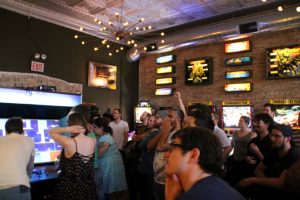
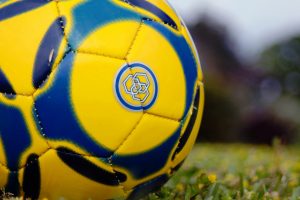

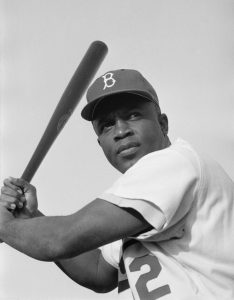
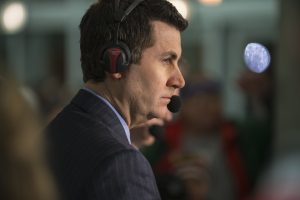





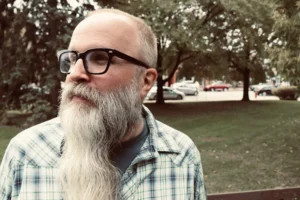






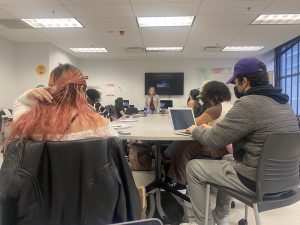
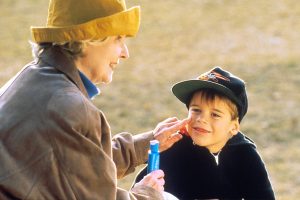

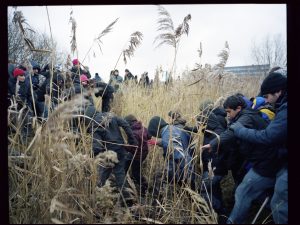


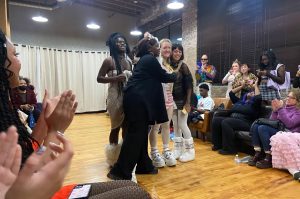


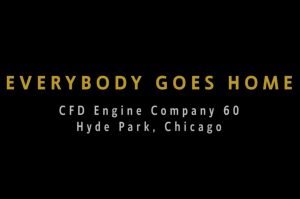
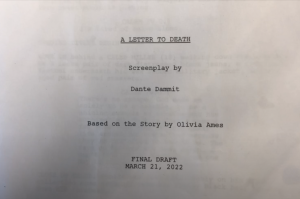




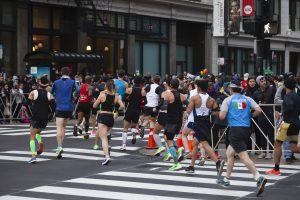
Be First to Comment